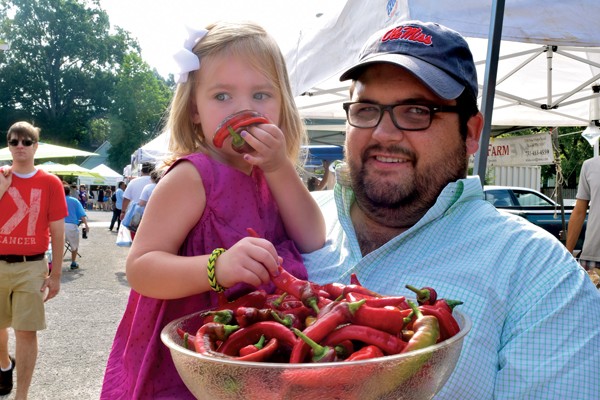Zach Thomason knew exactly what he wanted to be when he grew up.
Sort of.
“When I was seven years old, I told my dad, ‘I want to be a Northern Italian chef, a rock star, or a doctor,'” says Thomason, 31.
Cooking was appealing. “It looked like magic. There was that science. It just popped out of a pan. I put in these ingredients, and it just developed into something really cool.”
Thomason, now a chef at Next Door Eatery, wanted to go to cooking school, but his dad nixed the idea. So, Thomason studied creative writing at the University of Tennessee in Chattanooga. He and his brother, Ben. who lived with him, worked in the kitchen at a local restaurant.
One night, Thomason covered a shift for his brother. “I was sending him these texts like, ‘Where are you? I’ve got stuff at school to do. This is ridiculous.’ I’m starting to freak out and there’s just something going on in my stomach that said, ‘Something’s off.'”
He began calling hospitals. “I finally got in touch with the Police Department and I said, ‘Sir, is Ben Thomason in your custody?’ He says, ‘Yes, sir, he is.’ And I say, ‘Well, may I speak to him?’ He said, ‘No, sir, you can’t.’ I said, ‘Well, has he been arrested?’ He said, ‘No, sir.’ I said, ‘Well, if he hasn’t been arrested and he’s in your custody I have the right to speak to him.’ He said, ‘Son, your brother is dead.'”
Thomason was stunned. “My brother borrowed my car in order to go get some dope. And on his way back, he flipped the car over the interstate and killed himself.”
He grabbed a bottle of Jameson from the bar. “My knee-jerk reaction at the time was to drink. I took it to the back dock, and it was on. It was not pretty, and it continued for a good while to come.”
Thomason continued to work at the restaurant. “I learned how to do the dance in the kitchen at that place. There is a dance when everything is working right. It’s this orchestrated movement. There’s no bumping into each other. You know what everyone is doing. It’s really beautiful.”
But, he said, “Problem was I learned this dance and I learned how to work drunk.”
He hopped around restaurants in different cities. “I think it started out as this desire to fill my brother’s shoes because he seemed to be going in this direction at a young age.”
But he “grew really passionate about it.”
Thomason went through homeless periods. “Living out of the back of a car, losing the car, living in a tent in Nashville.”
He felt “destined for death. But there was something — God, whatever, the great cosmic muffin in the sky — deemed there’s something better for me out there than what I was doing.”
Thomason went into recovery and, with his fiance, moved to Memphis. David Krog, who was executive chef at Interim, said he’d give him a job if he remained sober for six months.
“That kitchen was run as ‘We are good people first, and that’s how we are going to behave. As good people and caring people.’ I’d grown used to seeing these very cut-throat environments and sabotaging and backstabbing. I was only six months sober after years and years of drug abuse. My hands still shook. I had these people who were willing to be nurturing. They were probably getting very frustrated with me, but they nurtured me to a point where I can do things now. I can take care of myself.”
After Krog left the restaurant, Thomason went to work at the Gray Canary. He moved to Next Door, so he could work a daytime shift to spend more time with his fiance and her daughter.
“Eventually, I could want to open a pizza place. But, at the same token, I really am an artist. David has been teaching us how to do this tweezer food and make things very pretty. One day, whether it be with him or on my own, I would like to be a part of opening a restaurant that is geared toward very, very small, tight, pretty palate-encompassing plates.”
Wherever he lands, Thomason wants the kitchen to be like Interim’s when he worked there. “Be a part of a kitchen again where there is this genuine sense of care that we have for one another. It was really astonishing the way that everyone treated one another and was connected with one another. I don’t even see it outside in the real world on a normal basis let alone in a high-intensity kitchen. If I can manage to be a part of something like that again, I would do that in a heartbeat.”
 John Minervini
John Minervini  food Feature By John Klyce Minervini
food Feature By John Klyce Minervini